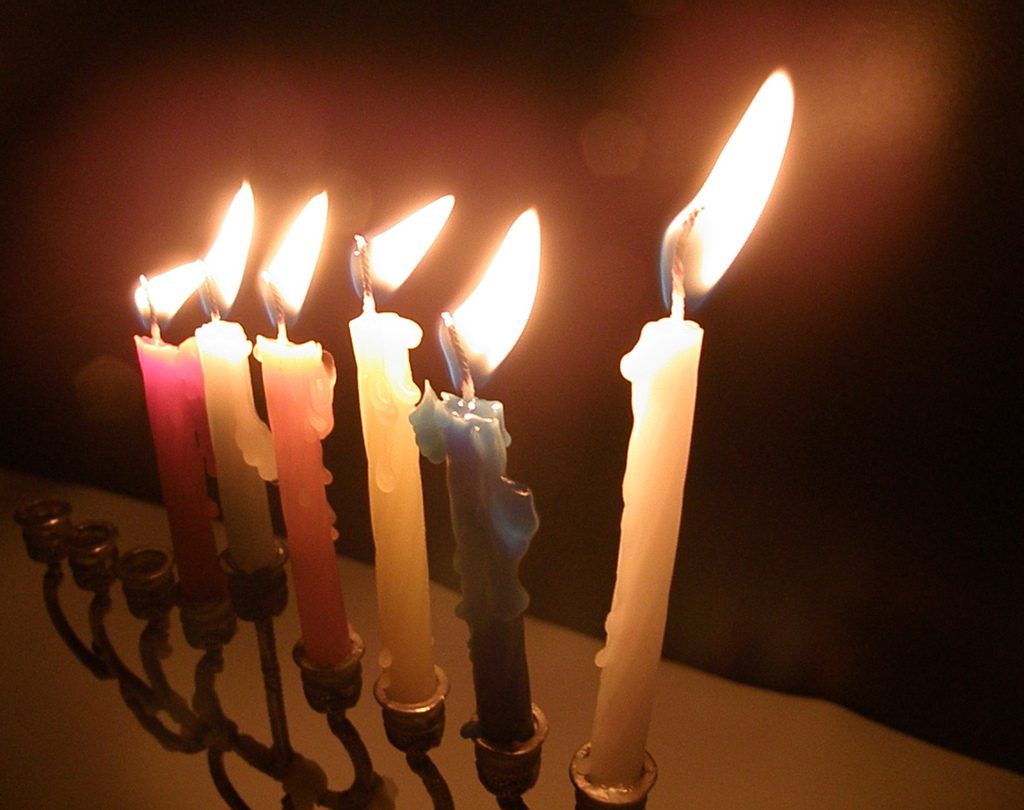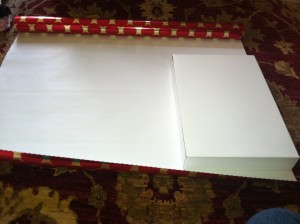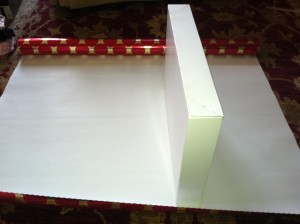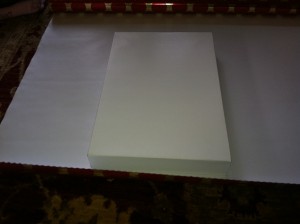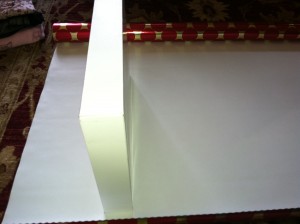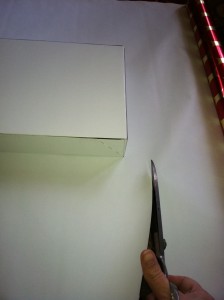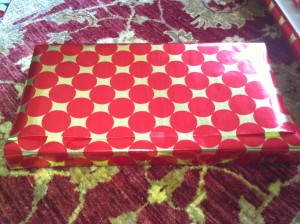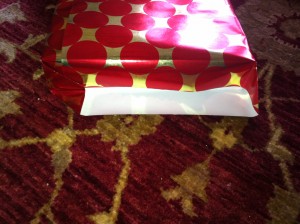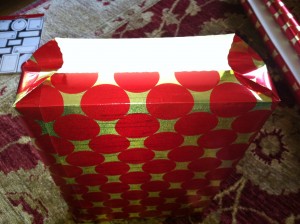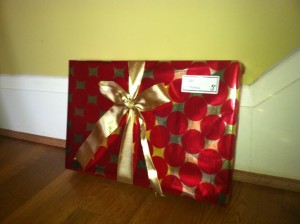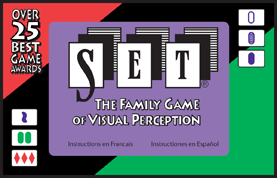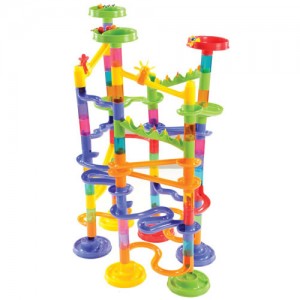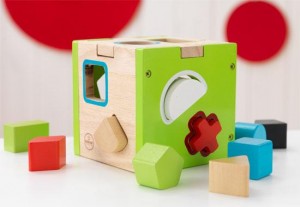There’s a lot of magic involved in Santa Claus’s annual journey around the world. Delivering presents to that many households can’t be done without it. But there’s also quite a bit of math. And I’m thrilled that Santa agreed to do this interview with us, revealing a few secrets of how math helps him in his work.
Can you explain what you do for a living?
Well, throughout the year, my main job is to oversee a large toy production facility at the North Pole. This includes supervising thousands of elves, who are responsible for toy manufacturing, as well as management of the reindeer stables, grounds work, sleigh maintenance and other smaller details.
But my main responsibility is only on one night of the year. On Christmas Eve, I pilot a large, flying sleigh, driven by eight reindeer and Rudolf, throughout the world to deliver presents to all good boys and girls. It’s a big night, and I usually take off the entire month of January to recover!
When do you use basic math in your job?
There’s a surprising amount of math involved in my work. These days, the naughty-and-nice list is in a database. A sophisticated set of formulas help me map out my once-a-year trip, which determines how the sleigh is packed. If Los Angeles gifts are on the top of the pack when I land in New York City — well, that’s a big problem.
I also need to manage my time, since I have so little of it that night. The different time zones help me stay a little ahead of the clock in most cases, but I sometimes have to do some on-the-spot figuring when weather becomes a problem.
But the real math is in the sleigh. Much like an airplane pilot, I must maintain a steady speed and take into account things like wind and visibility. The elves have helped equip the sleigh with state-of-the-art equipment, like gauges for altitude and speed. However, there have been some times when I’ve need to apply distance/speed/time ratios on the fly.
Do you use any technology to help with this math?
Absolutely. As I mentioned, we depend heavily on databases on the North Pole. These are housed in a large server, allowing us to manage our manufacturing quickly and easily. If a formula needs to be changed — for example, we need to greater ratio of purple bicycles to red bicycles — that alteration can be made in the database and applied throughout the facility. It streamlines the process considerably.
And I couldn’t fly to as many houses as I do today without my computerized dashboard in the sleigh. Each year, it’s calibrated to the specific weather conditions that are expected and even the current weight of the reindeer. Being able to customize these variables means making the most of those 20 hours that I’m in the sky.
How do you think math helps you do your job better?
I’m sure many people have said this: I couldn’t do my job without math. From the elves’ payroll to the naughty and nice list, every point of this whole operation hinges on how well we’ve done the math.
How comfortable with math do you feel?
I’d much rather talk to a child about what he or she wants for Christmas than sit down and solve a bunch of algebraic equations. But I’ve learned that in order to accomplish all that I do, I need to do some computing, too. I feel pretty comfortable with math, but it’s not my favorite thing in the world.
What kind of math did you take in high school?
School was a lot different way back then. You have to remember, I’ve been around for a long, long time! Heck, calculus wasn’t even invented yet, and forget about the calculator! But I did fine with the little bit of math I did take in school.
Did you have to learn new skills in order to do the math you use in your job?
When you’ve been in a job like mine for this long, you definitely have to pick up some new skills. The biggest changes have been technological. And once computers came on the scene, all of my operations had to be redesigned. I’ve even brought on some elves who are experienced with math modeling, so that we can stay ahead of any climate changes that will certainly affect our work. They’re developing up several models now with regards to the North Pole itself.
Thanks so much to Santa for taking time out of his incredibly busy schedule to answer a few questions. Happy holidays to everyone! In honor of the season, I’m going to take the rest of the week off. I’ll see you back on Monday, December 30, when we’ll kick off a really cool month designed to help you meet a special New Year’s resolution: brushing up on your basic math skills.


